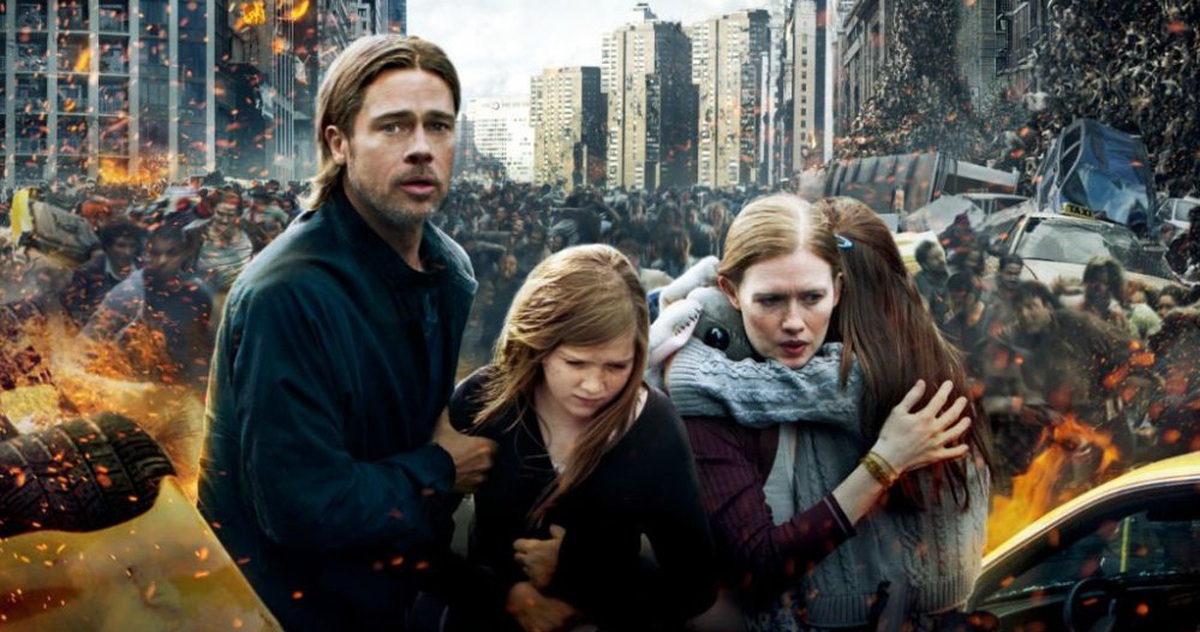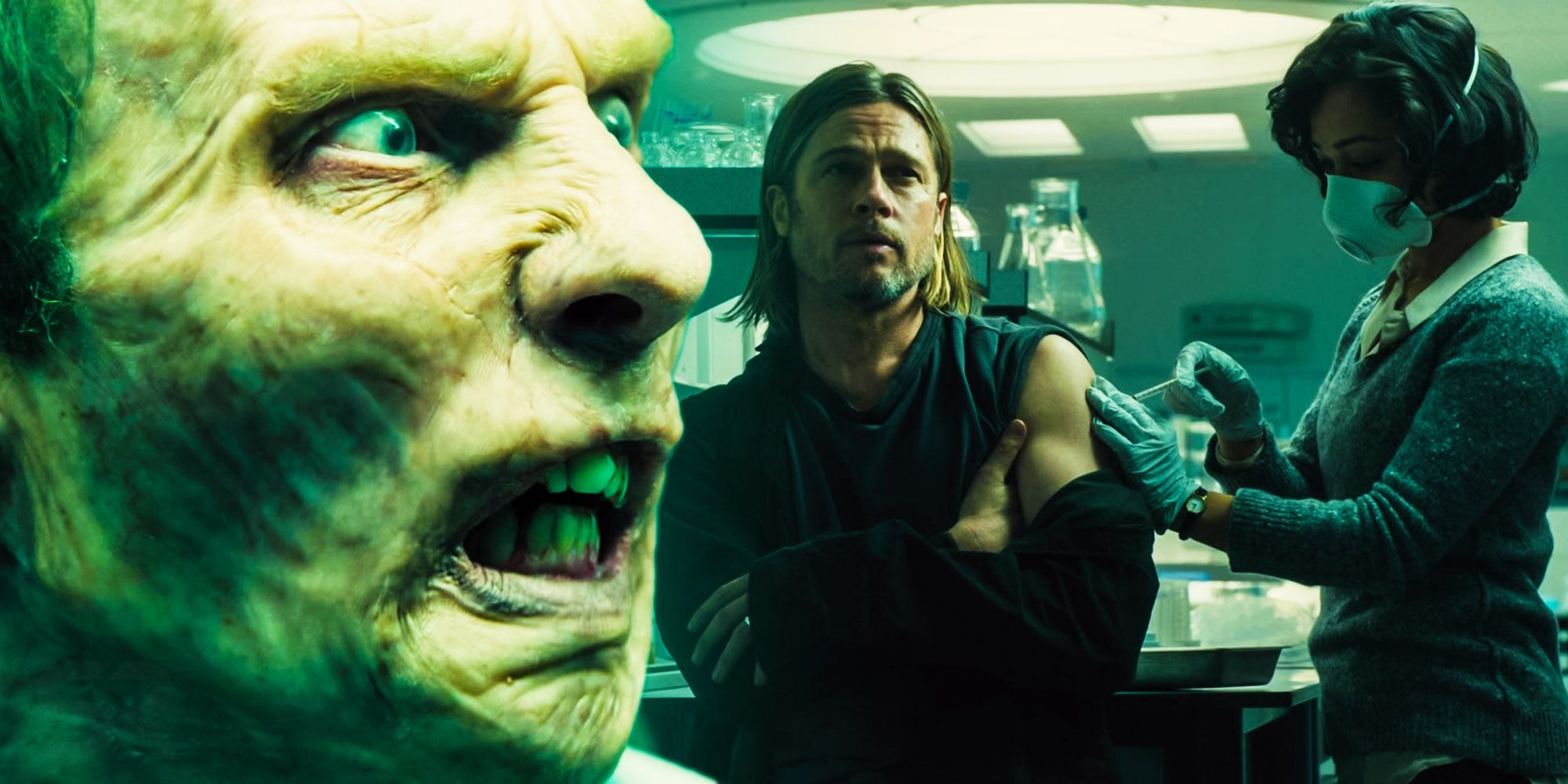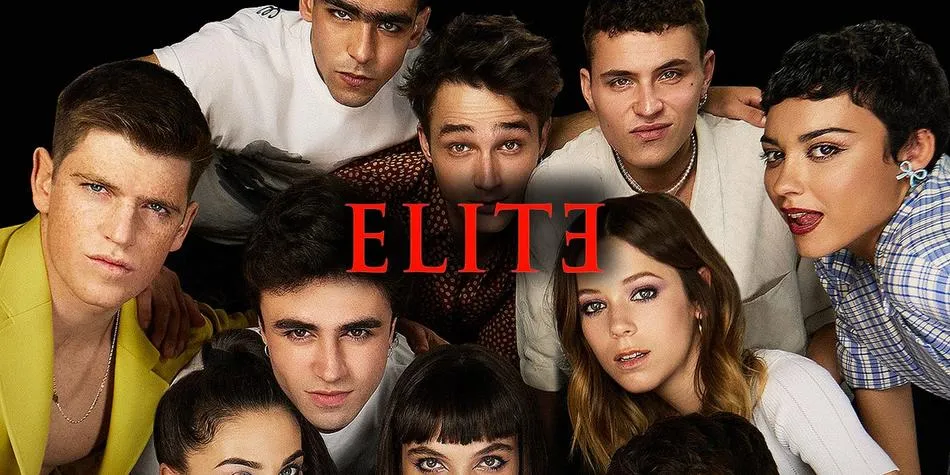“World War Z” (2013): A Global Race Against the Undead Apocalypse
World War Z, directed by Marc Forster and released in 2013, is a high-octane zombie apocalypse thriller that brings a globe-spanning urgency to the undead genre. Loosely based on the 2006 novel by Max Brooks, the film departs from the book’s oral-history narrative format in favor of a more traditional, action-driven plot. Starring Brad Pitt as the protagonist Gerry Lane, the movie blends large-scale spectacle with moments of eerie suspense and introspective tension, redefining what a mainstream zombie film could achieve in scope and scale.
The film opens with a sudden outbreak of a mysterious and fast-spreading virus that turns humans into hyper-aggressive, zombie-like creatures within seconds of being bitten. Chaos erupts across major cities as the world falls into panic. Gerry Lane, a former United Nations investigator, is called back into service to trace the origins of the outbreak and help find a solution. What follows is a race across continents—from Philadelphia to South Korea, Israel, and Wales—as Lane unravels clues that might lead to a way to halt the pandemic.

Unlike many zombie films that focus on local survival or ragtag groups of survivors, World War Z emphasizes the global implications of the outbreak. It trades claustrophobic horror for sweeping, apocalyptic imagery. One of the most memorable sequences takes place in Jerusalem, where a giant wall initially protects the city until a horde of zombies, moving with terrifying speed and coordination, scales it in seconds. The scene highlights the film’s central conceit: these aren’t the lumbering undead of classic horror, but fast, hive-minded predators, creating a constant sense of danger and urgency.
Brad Pitt delivers a grounded, empathetic performance that centers the narrative. His character, though not a traditional action hero, navigates the chaos with intelligence, compassion, and resilience. The supporting cast includes Mireille Enos as Gerry’s wife Karin, Daniella Kertesz as an Israeli soldier, and Peter Capaldi in a brief but notable role as a WHO doctor. Their interactions bring emotional stakes to the otherwise frenetic plot.

Visually, the film is impressive, with CGI-enhanced sequences that showcase zombie swarms moving like tidal waves, crashing through cities and over barriers with relentless force. Yet, Forster also incorporates quieter, suspenseful moments—such as a tense sequence in a WHO laboratory—that rely more on stealth and fear than action. This balance between spectacle and subtlety gives the film a layered tone.
Despite a famously troubled production—including rewrites, reshoots, and a scrapped original third act—World War Z emerged as a commercial success, grossing over $540 million worldwide. While some critics pointed to its deviation from the novel and its occasionally uneven tone, many praised its originality, pacing, and Brad Pitt’s central performance. Talks of a sequel, once involving director David Fincher, have since stalled, leaving the 2013 film as a standalone entry.
Ultimately, World War Z reimagines the zombie genre for a globalized, modern audience. It combines action, horror, and geopolitical intrigue into a unique cinematic experience that examines how humanity might respond—not just survive—in the face of an existential, fast-moving threat. With its blend of intensity and intelligence, it remains a standout in 21st-century disaster cinema.


